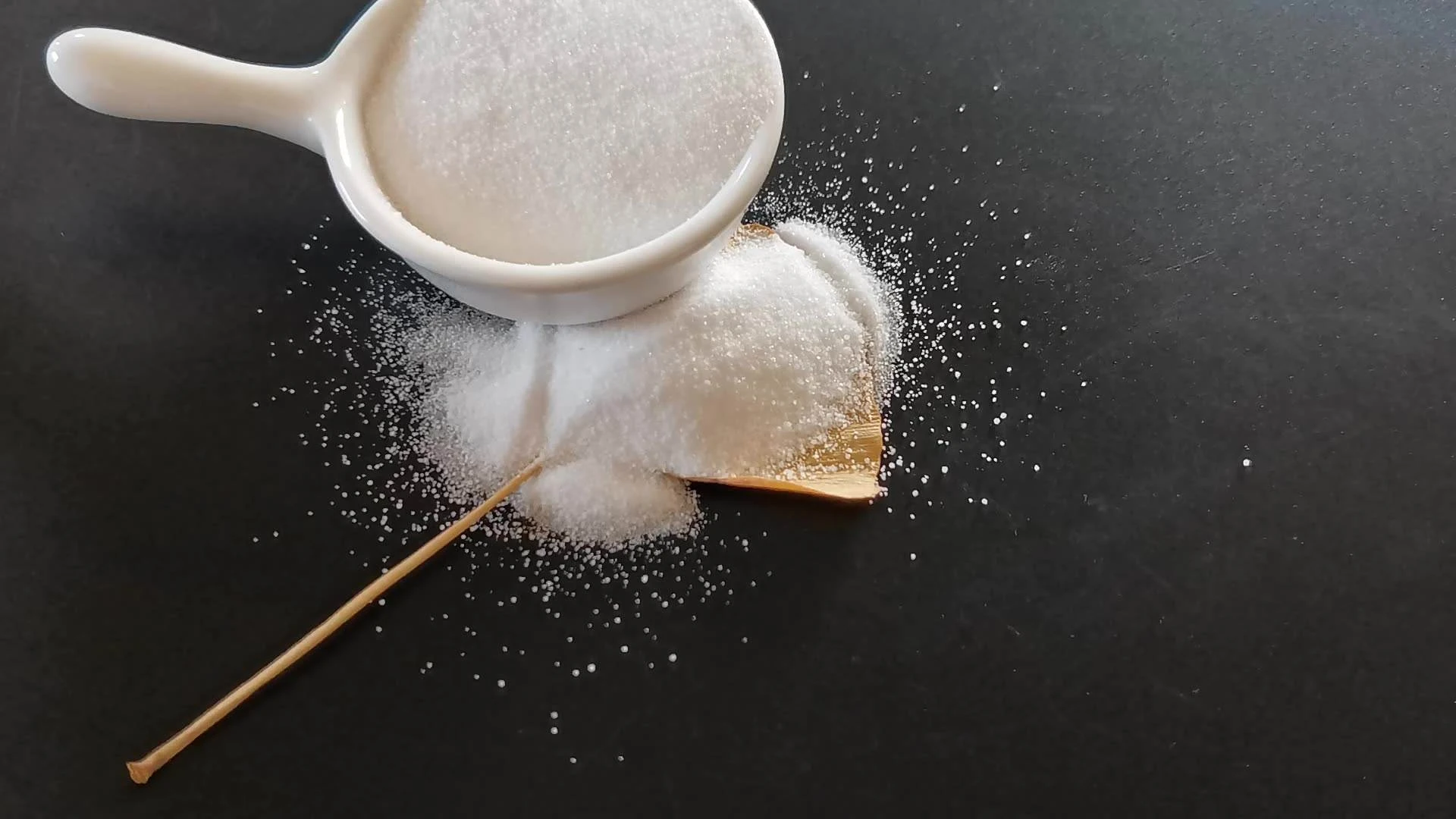



Safety Data Sheet for Chemical Substance CAS 1310-73-2 Detailed Information and Guidelines
Understanding CAS 1310-73-2 Safety Data and Handling Procedures
Chemical substances play a crucial role in various industries, from pharmaceuticals to manufacturing. One such substance, with the CAS number 1310-73-2, is sodium hydroxide, commonly known as caustic soda or lye. This article will provide an overview of sodium hydroxide, its properties, uses, and essential safety data that must be understood and followed while handling this chemical.
Properties of Sodium Hydroxide
Sodium hydroxide is a white, odorless solid that is highly soluble in water, generating significant heat during the dissolution process. This highly alkaline compound has a pH value of around 14 when dissolved, making it one of the strongest bases available. Sodium hydroxide is hygroscopic, meaning it can absorb moisture from the air, which can affect its stability and usability if not stored properly.
In terms of its reactivity, sodium hydroxide can react violently with acids, releasing heat and forming water and salt. It can also react with organic compounds, leading to dangerous situations if not managed carefully. Due to its strong alkalinity, sodium hydroxide can cause severe chemical burns upon contact with skin or eyes.
Applications of Sodium Hydroxide
Sodium hydroxide is widely used across various industries. In the chemical industry, it serves as a critical raw material for the production of various chemicals, including detergents and synthetic fibers. It is also utilized in the manufacture of soap, paper, and textiles, where it helps break down fibers and facilitate various chemical reactions.
In the food industry, sodium hydroxide is used in the food processing sector, where it acts as a pH regulator and can sometimes be found in the processing of foods like olives and pretzels. In water treatment, it is employed to neutralize acidic water and adjust pH levels, ensuring safe drinking water.
Safety Data and Handling Procedures
cas 1310 73 2 sds

When dealing with sodium hydroxide, understanding its safety data is essential to prevent accidents and injuries. According to the Safety Data Sheet (SDS) for sodium hydroxide (CAS 1310-73-2), several important safety precautions should be observed
1. Personal Protective Equipment (PPE) Always wear appropriate PPE, including gloves, goggles, and face shields, to protect against direct contact. It is advisable to use chemical-resistant gloves made of materials such as nitrile or neoprene.
2. Storage Store sodium hydroxide in a cool, dry place, away from incompatible substances such as acids, metals, and organic materials. Ensure that containers are clearly labeled and tightly closed to prevent moisture absorption.
3. Spill and Leak Procedures In case of a spill, do not attempt to clean up using water, as this can cause exothermic reactions. Instead, use appropriate absorbent materials and neutralize the spill with a weak acid, following local regulations for disposal.
4. First Aid Measures In case of contact with skin or eyes, immediately rinse the affected area with plenty of water for at least 15 minutes and seek medical attention. If ingested, do not induce vomiting; instead, seek immediate medical assistance.
5. Ventilation Always ensure proper ventilation when using sodium hydroxide, especially in confined spaces, to avoid the accumulation of harmful vapors that can irritate the respiratory system.
Conclusion
Sodium hydroxide (CAS 1310-73-2) is a versatile and widely used chemical that plays a pivotal role in numerous industries. However, its hazardous nature necessitates that stringent safety measures are put in place during handling and usage. By understanding its properties, applications, and safety protocols, individuals and organizations can effectively manage the risks associated with sodium hydroxide and ensure a safe working environment. Awareness and education around such materials are critical in promoting safe practices in environments where chemicals are handled. Always consult the latest Safety Data Sheet for detailed information on safe usage and response strategies.
-
Why Sodium Persulfate Is Everywhere NowNewsJul.07,2025
-
Why Polyacrylamide Is in High DemandNewsJul.07,2025
-
Understanding Paint Chemicals and Their ApplicationsNewsJul.07,2025
-
Smart Use Of Mining ChemicalsNewsJul.07,2025
-
Practical Uses of Potassium MonopersulfateNewsJul.07,2025
-
Agrochemicals In Real FarmingNewsJul.07,2025
-
Sodium Chlorite Hot UsesNewsJul.01,2025










